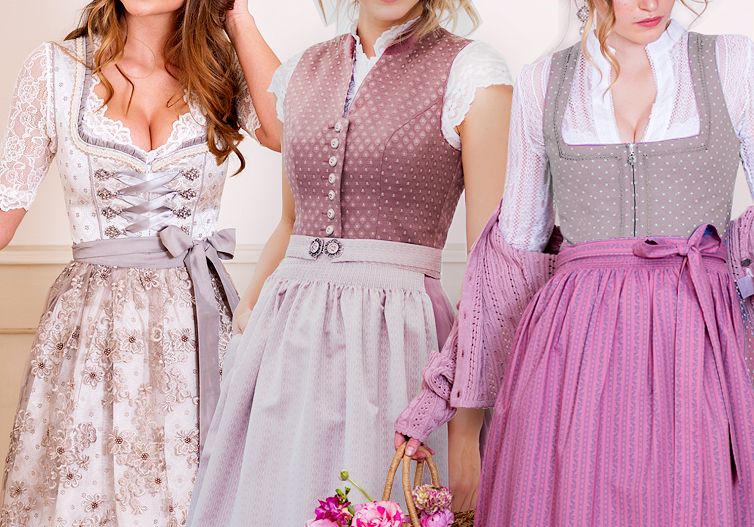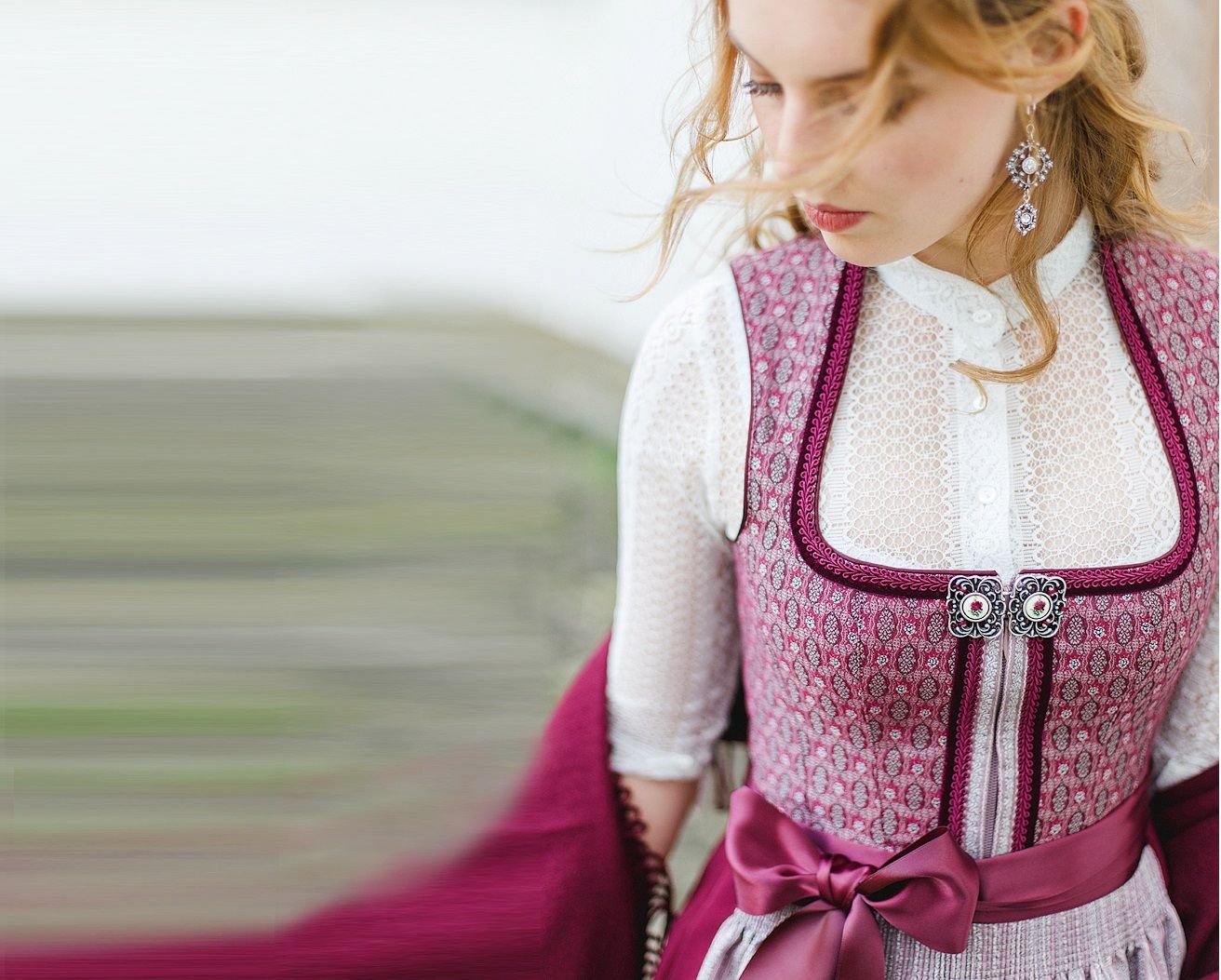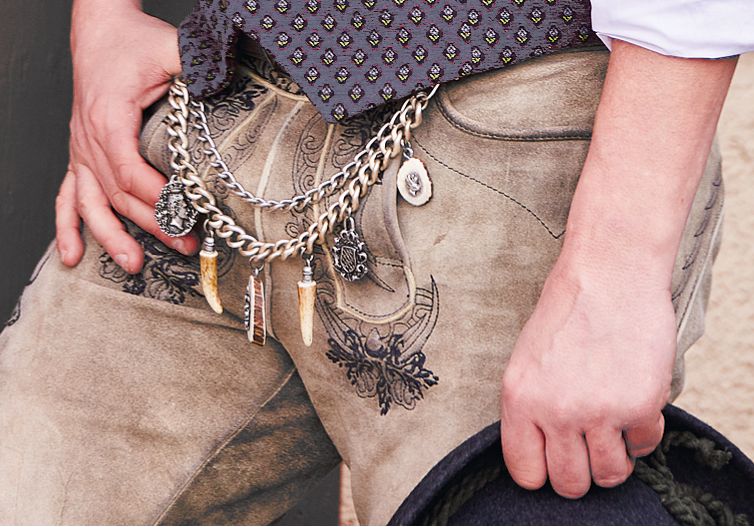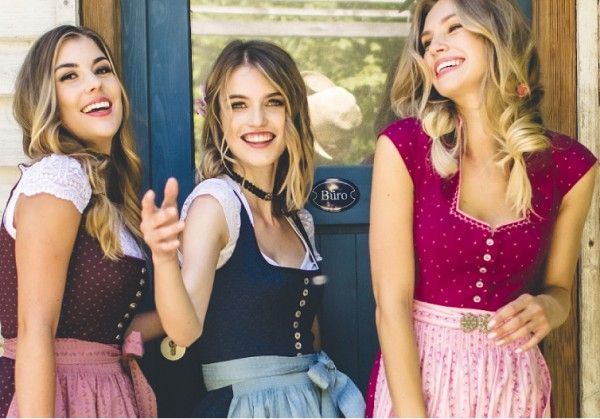The traditional costume at folk festivals - a history
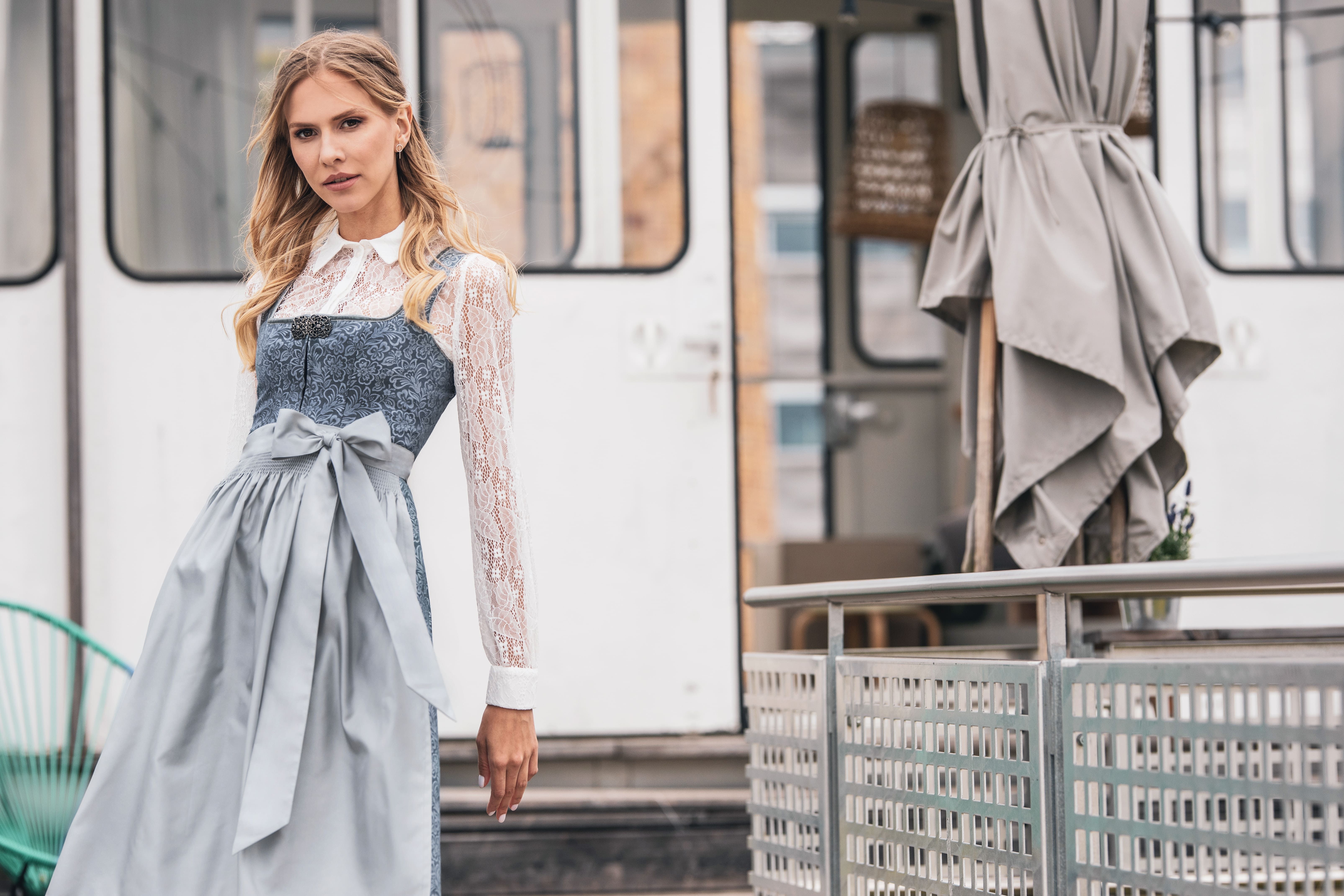
Folk festivals like the Munich Oktoberfest or the Cannstatter Wasen in Stuttgart are now almost unimaginable without traditional attire such as dirndls and lederhosen. However, the history of Trachten at these festivals is surprisingly recent and has evolved significantly over the centuries. From its origins as rural workwear to today’s Wiesn fashion, which is more of a style statement, the journey of Trachten is a fascinating one.
Origins: Traditional Attire at the First Oktoberfest in 1810
When the first Oktoberfest was celebrated in Munich in 1810, Trachten already played a role—but in a very different context than today. Children from various regions of the newly established Kingdom of Bavaria wore their regional traditional clothing to showcase the country’s cultural diversity. Meanwhile, city dwellers arrived in bourgeois clothing influenced by the French Empire style, while rural visitors wore their traditional Sunday attire. At the time, Trachten was primarily practical everyday or festive clothing for farmers and did not yet hold the fashionable and festive significance that it enjoys at today’s folk festivals.
Traditional Attire as Rural Workwear in the 19th Century
Throughout the 19th century, Trachten remained an essential part of rural daily life. It served as both work and Sunday clothing, worn exclusively by the rural population. In cities, however, Trachten was not commonly worn—lederhosen and dirndls were seen as strictly peasant attire and had little appeal among city dwellers. This perception only began to change gradually towards the late 19th century.
Early 20th Century: The Dirndl as Vacation Wear
Around 1900, city dwellers discovered the dirndl as part of the so-called "Sommerfrische" (summer retreat). Those seeking relaxation in the countryside began wearing the dirndl as both practical and stylish vacation attire. However, traditional clothing was still not widely worn at Oktoberfest. The same was true for the Cannstatter Wasen, where Trachten only appeared sporadically.
Mid-20th Century: Little Trachten at Folk Festivals
Even in the mid-20th century, Trachten at folk festivals like Oktoberfest or the Cannstatter Wasen were rarely seen. These events were primarily family-oriented celebrations where fashion played a minor role. It wasn’t until later, as Oktoberfest increasingly became a gathering for young people, that the visual landscape of the festival started to change.
Late 20th Century to Today: The Revival of Folk Festival Trachten
By the 1990s, a clear trend emerged: more and more visitors started attending Oktoberfest in Trachten. What was once celebrated in jeans and sweatshirts transformed into a full-fledged Trachten movement. This gave rise to the so-called "Wiesn-Trachten"—a fashionable interpretation of traditional attire that is often seen more as partywear than historical clothing. International visitors, in particular, have embraced the dirndl and lederhosen look as an essential part of the folk festival experience.
Modern Trends: Tradition Meets Fashion
In recent years, there has been an exciting shift back to more traditional dirndl styles. At Oktoberfest and the Cannstatter Wasen, dirndls with classic necklines, high-neck variations, and half-sleeve designs are making a strong comeback. Bavarian manufacturers are focusing more on these traditional elements, shaping the latest trends in folk festival Trachten. This return to classic designs reflects a desire for authenticity and tradition, even though modern fashion still heavily influences today’s festival attire.
It is often the small yet refined details that define the modern Trachten look while complementing traditional elements. Airy dirndl blouses add feminine accents, and every accessory, from traditional jewelry to matching scarves, must be perfectly coordinated. Trachten hats have also become an integral part of festival Trachten. A stylish felt hat or a playful feathered hat adds an extra charm to the outfit. Of course, the right shoes are essential—whether traditional Haferl shoes or elegant pumps, everything must fit perfectly to ensure a fashionable presence at the festival tent or beer garden stroll.
Folk Festival Trachten – More Than Just a Fashion Trend
Wearing Trachten at folk festivals like Oktoberfest or the Cannstatter Wasen is now a deeply embedded part of festival culture. However, the modern folk festival Tracht is a phenomenon of recent decades rather than a return to historical dress. It combines a longing for tradition with contemporary fashion awareness, embodying an idealized yet authentic Bavarian lifestyle.
Still looking for the perfect Trachten outfit? At MOSER Trachten, you’ll find a wide selection of dirndls, lederhosen, and all the accessories you need for your next folk festival visit. Whether you prefer classic or modern styles, we have something for every taste!


